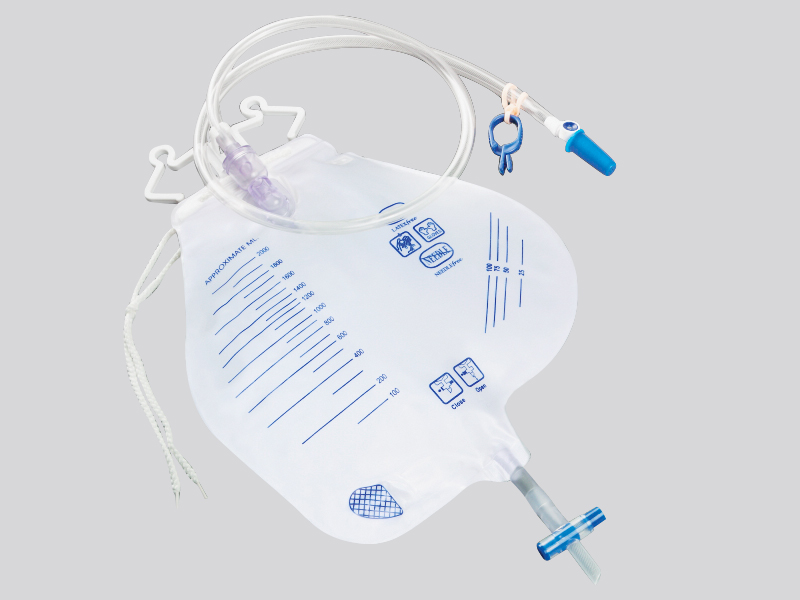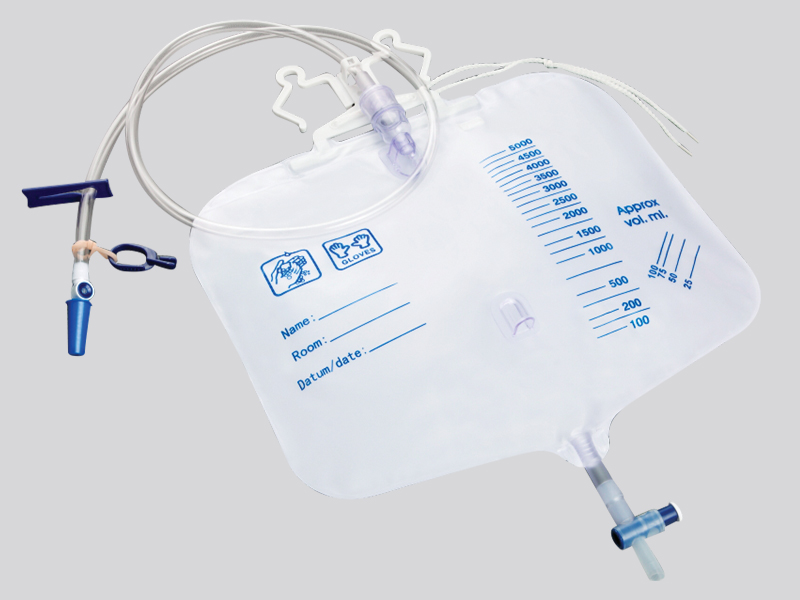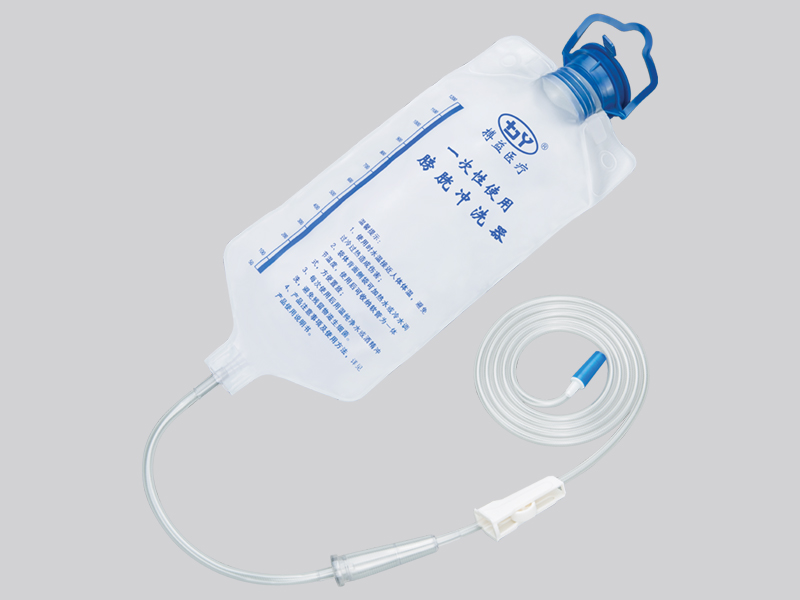
The current position:Home > Information dynamic
> Industry Trends
What are the advantages of disposable bladder irrigators
source:m.maripharm.cn | Release time:2025年06月09日1、 Avoid cross infection and maintain good hygiene
1. Dedicated to a single patient, eliminating the risk of reuse
If traditional reusable flushers are not cleaned properly, they may leave bacteria, body fluids, or drugs, leading to cross infection (such as urinary tract infections, hospital acquired infections).
The disposable design allows it to be discarded immediately after use, completely avoiding the spread of pathogens between different patients, especially suitable for immunocompromised patients (such as postoperative and cancer patients).
2. Pre sterilized packaging, ready to use and open
The product is usually sterilized by ethylene oxide or irradiation, with strong packaging sealing. It does not require additional disinfection during clinical use and can be directly opened for operation, reducing the preparation time of medical staff and minimizing the risk of contamination during the operation process.
2、 Easy to operate, improving nursing efficiency
1. Integrated design, no assembly required
It usually includes components such as a flushing liquid container, a catheter, a drip adjustment device, and a flushing connector, integrated into a separate package. Medical staff do not need to equip additional accessories such as syringes and catheters, simplifying the operation process.
For example, some products adopt a "push rod" design, where nurses can control the flow rate of flushing fluid by pushing the piston. It can be operated with one hand and is suitable for rapid flushing by the bedside.
2. Clear scale and correct control of dosage
The outer side of the flushing solution container is marked with clear markings (such as 500ml, 1000ml, etc.), which facilitates medical staff to correctly record the flushing volume and drainage volume, meeting the clinical needs for monitoring inflow and outflow (such as in patients with renal insufficiency).
3、 High safety and reduced complications
1. Anti backflow design to reduce the risk of retrograde infection
Some products are equipped with anti reflux valves or one-way drainage devices to ensure one-way flow of flushing fluid, prevent bladder fluid from flowing back to the flushing device, and prevent bacteria from entering the urinary system with reflux fluid, especially suitable for patients with wounds after bladder surgery.
2. The material is gentle and reduces mucosal damage
Using inert materials such as medical grade polypropylene (PP) or polyethylene (PE), without plasticizers (such as phthalates) or heat sources, to avoid allergic reactions or mucosal damage that traditional rubber materials may cause, suitable for long-term use by sensitive patients.
4、 Widely applicable scenarios and highly flexible
1. Routine postoperative care in urology surgery
After bladder tumor resection and other surgeries, it is necessary to regularly flush the bladder to remove blood clots, residual tissue, or drug residues. Disposable flushers can be used and discarded to reduce ward contamination.
2. Infection prevention and treatment
For patients with long-term indwelling urinary catheters (such as paraplegic and elderly bedridden patients), antibacterial drugs (such as furazone) can be injected through a flushing device to prevent catheter-related urinary tract infections (CAUTI) and reduce the frequency of antibiotic use.
3. Emergency and Bedside First Aid
The portable design (small size, light weight) makes it suitable for emergency rooms, operating rooms, or intensive care units (ICUs), and even emergency flushing during transportation, meeting the need for rapid response in case of emergencies.

 Cn
Cn En
En WeChat ID:
WeChat ID:







 Contact us
Contact us
 Add WeChat
Add WeChat
 Telephone
Telephone